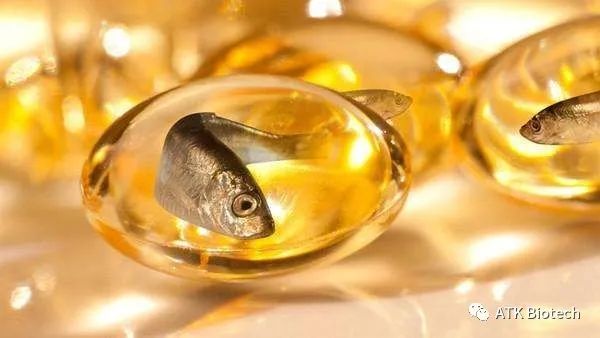α-Lactalbumin – the highest whey protein in breast milk
At the end of 2021, the Ministry of Science and Technology of the People's Republic of China announced the first batch of key projects in the "14th Five-Year Plan", and the school-enterprise consortium composed of Jiangnan University, Dalian Polytechnic University, Anhui Tiankai and other units won the bid for "Technological Innovation and Demonstration of Large-scale Preparation of New Core Ingredients for Infant Dairy Products".
According to the division of tasks, Anhui Tiankai undertakes the preparation and demonstration production of functional milk peptides such as functional milk protein and hypoallergenic, including α-lactalbumin, lactosporin membrane protein, β-casein, hydrolyzed peptide, etc.
In this issue, we will introduce you to α-lactalbumin, the whey protein with the highest content in breast milk.
In human breast milk, α-lactalbumin is the highest content of whey protein, cross-research studies have shown that the content of α-lactalbumin in human milk is 2.44±0.64 g/L, accounting for about 40% of whey protein composition. [1]
In milk, due to the presence of β-lactoglobulin, α-lactalbumin becomes the second most abundant whey protein component, accounting for about 20% of whey protein, with a content of 1.2-1.5 g/L. [2]

(Image source network, if there is infringement, please contact to delete, thank you!) )
From the perspective of infant nutrition, the percentage composition of nutrients is as important as the concentration content. α-lactalbumin as a percentage of total protein varies even more in cow's milk and breast milk, at 3.5% and 20%, respectively.
α-lactalbumin in breast milk is very important for the healthy growth of newborns. A more in-depth study found that from birth onwards, the concentration of α-lactalbumin in breast milk gradually decreased as the mother's lactation progressed, and such changes were seen in both cow's milk and breast milk.
α-lactalbumin from human milk and cow's milk is a polypeptide with a single peptide chain, both containing 123 amino acids and 4 disulfide bonds, and 74% of the amino acid sequences are homologous. In terms of amino acid composition, α-lactalbumin contains 63% essential amino acids and is rich in cysteine, lysine and tryptophan.

(Image source network, if there is infringement, please contact to delete, thank you!) )
The unique amino acid composition and peptide chain structure create the special nutritional value of α-lactalbumin for the human body, as detailed below:
1) When used in infant nutrition, α-lactalbumin brings the formula closer to the composition of breast milk, reducing the risk of neonatal allergies and overweight (obesity).
As mentioned above, the protein composition of milk and breast milk is very different, and infant formula based on milk often adds more protein to make key nutrients reach the level of breast milk, so that the total protein in formula greatly exceeds the content level of breast milk, excess protein increases the risk of neonatal allergies, aggravates the digestive burden of newborns, and the excess protein is eventually converted into excessive calories causing the risk of overweight and even obesity.
The high purity of α-lactalbumin helps infant formulas more accurately mimic breast milk composition without adding unwanted extra protein, reducing the risk of neonatal allergies and overweight.
2) Improve the tolerance of the gastrointestinal tract of newborns, enhance the ability of intestinal anti-inflammatory and anti-bacterial bacteria
Animal experiments have shown that oral α-lactalbumin can strengthen the immunity of animals to intestinal pathogenic bacteria, enhance the body's anti-inflammatory ability, and promote the body's repair of alcohol-induced gastric ulcers. The analysis suggests that it may be due to the fact that α-lactalbumin is digested to produce peptides with anti-inflammatory effects.

(Image source network, if there is infringement, please contact to delete, thank you!) )
3) Promote the formation of the brain's biological clock and improve sleep quality
Studies have shown that tryptophan is the only precursor substance of serotonin in the human brain, which is a precursor to melatonin, the production of which triggers our drowsiness.

The proportion of tryptophan in the peptide chain of α-lactalbumin reaches 4.9%, which is the protein with the highest known content of tryptophan in nature.
In general, tryptophan is a limiting amino acid in infant formula, with a content of about 1.5% [3]. Fortified α-lactalbumin will improve the true sleep duration, sleep efficiency, and delayed sleep (from placement in the crib to falling asleep) when fed formula.
It is worth noting that when used in adult nutrition, α-lactalbumin can improve depression, reduce stress response, etc., so these are also very useful.
The introduction of α-lactalbumin in this issue is these, and in the next issue we will learn about the lactalistoglobulin membrane protein (MFGM)







